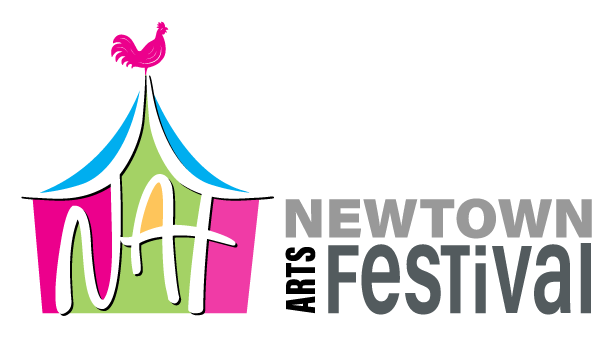Virtual Data Room Review
Many people, like investment bankers who counsel clients as well as corporate executives responsible for M&A transactions are under the impression VDR providers are all the same. However there are number of subtle differences in their data room pricing features, security, and user interface design that can influence the way a VDR solution can benefit the specific business.
A virtual data space allows companies to securely share important documents with a variety of parties. This includes investors from outside as well as attorneys who are working in different time zones and in different locations. When you provide the right level of access to these parties it is much easier for everyone to work effectively. It also accelerates decision-making.
The most effective VDRs offer a variety of customizable, flexible permissions to ensure that data is protected and accessible to only the appropriate users. This includes setting individual permissions for the user and file to download only, view only and print. In addition, the ability to add dynamic watermarks for each printed and viewed document page adds an additional layer of security. VDRs can also be used for monitoring of user activity to see who has accessed information and how often they’ve done this.
When selecting a virtual data room, it is crucial to look at the cost structure for the solution. Typically, VDRs have one of three choices for payment: per-storage, by-page, or per-user. When comparing vendors look for pricing models that reflect the nature of your project as well as the number of users that you expect to access the dataroom.
